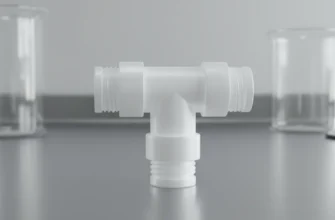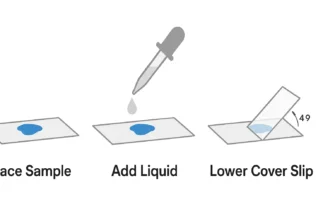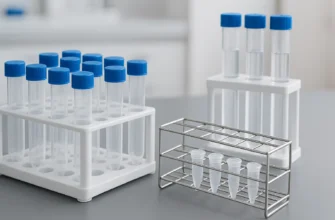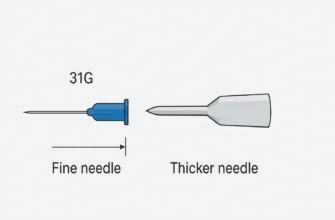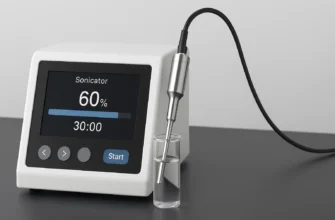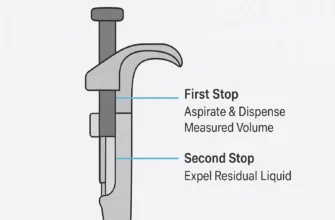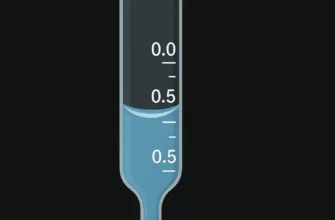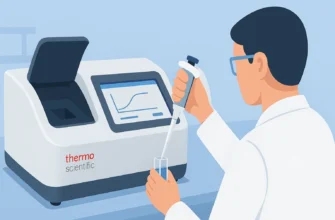Pipettes are essential tools in laboratories, designed to accurately measure, transfer, and dispense liquid samples. Their precision and sterility are critical for experiments in molecular biology, cell culture, and diagnostics. This guide explores pipette types, functions, and how to select the best sterile options for molecular workflows.
Types of Pipettes
Manual vs. Electronic
- Manual pipettes rely on user-controlled plungers for aspiration and dispensing. They are cost-effective but require consistent technique for accuracy.
- Electronic pipettes use motorized mechanisms to reduce repetitive strain and improve reproducibility, ideal for high-throughput workflows.
Disposable vs. Reusable
- Disposable pipettes (e.g., transfer pipettes) are single-use, minimizing cross-contamination risks. Common in clinical settings and PCR workflows.
- Reusable pipettes (e.g., glass volumetric pipettes) are calibrated for precise measurements but require thorough cleaning and sterilization.
Specialty Pipettes
- Serological pipettes: Used for transferring media in cell culture. Available in sterile, pyrogen-free formats with color-coded volumes (1–50 mL).
- Micropipettes: Measure microliter volumes (0.1–1,000 µL) with adjustable settings. Critical for molecular biology.
- Filter tips: Contain barriers to prevent aerosols or contaminants from entering pipette barrels. Essential for RNA/DNA work.
Key Functions and Applications
- Precision liquid handling: Micropipettes achieve accuracy rates of <3%, vital for qPCR and enzyme assays.
- Sterility maintenance: Pre-sterilized tips eliminate DNase, RNase, and endotoxins, ensuring contamination-free cell culture and sequencing.
- Cross-contamination prevention: Disposable tips and filters protect samples during multi-well experiments.
Comparing Sterile Pipette Options for Molecular Experiments
| Feature | Eppendorf Serological Pipettes |
|---|
Heathrow Transfer PipettesSarstedt Serological Pipettes
| Volume Range | 0.1–50 mL | 1–3 mL | 1–50 mL |
| Sterility Assurance | 10⁻⁶ SAL, DNase/RNase-free | Basic sterility | ISO 12771 compliant |
| Certifications | Non-cytotoxic, USP VI compliant | Traceability via lot numbers | Endotoxin-free, non-pyrogenic |
| Best For | Cell culture, sensitive assays | Quick transfers in diagnostics | High-accuracy media dispensing |
Critical Considerations
- Low retention tips: Opt for hydrophobic polypropylene tips to minimize sample loss in viscous reagents.
- Certifications: Verify sterility claims (e.g., RNase-free, endotoxin-free) for molecular applications.
- Compatibility: Ensure tips match pipette brands (e.g., Rainin, Easypet 3) to prevent calibration errors.
Choosing the Best Pipette for Your Lab
- Molecular biology: Use filtered, sterile micropipette tips with low retention properties for PCR and library prep.
- Cell culture: Prefer sterile serological pipettes with negative graduations for media changes.
- High-throughput workflows: Multichannel electronic pipettes with pre-sterilized tips save time in ELISA or screening.
Sterile pipettes and tips are non-negotiable for molecular experiments requiring precision and contamination control. By matching pipette types to specific applications and verifying sterility certifications, labs can ensure reliable, reproducible results. For specialized workflows like single-cell sequencing or viral research, investing in high-quality filter tips and electronic pipettes will optimize efficiency and data integrity.


